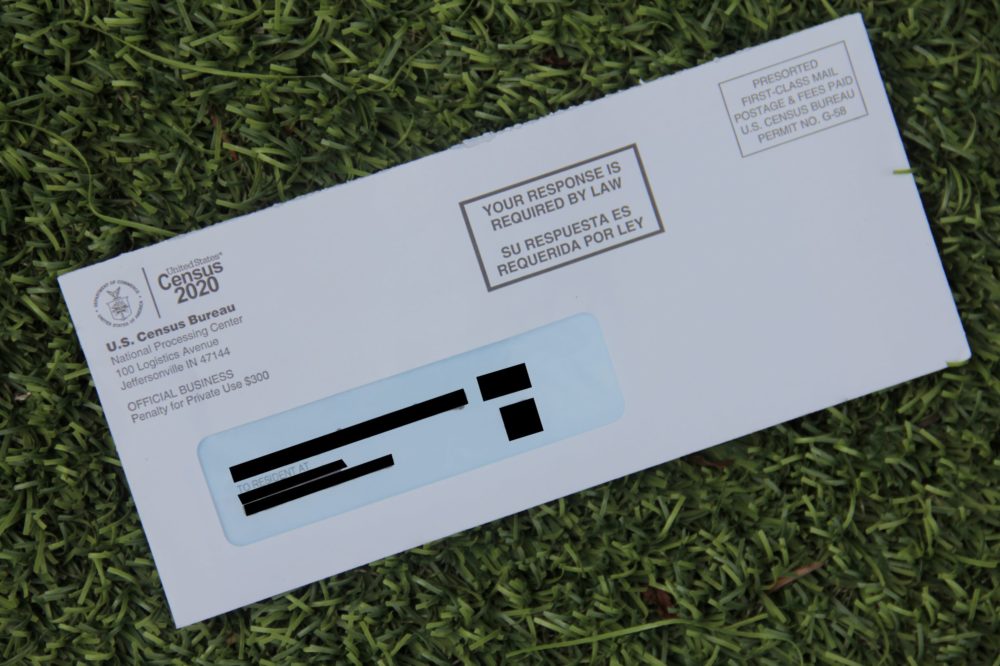
By Justin Hsieh
Between March 12 and March 20, every home in the United States should have received an invitation to respond to the 2020 census. Here is everything you need to know about what the census is, how it works and what it’s used for.
What is the census?
Every ten years, the United States government is required by the Constitution to count every person living in the country (a census). This includes citizens and noncitizens in all 50 states and in 5 U.S. territories (American Samoa, Guam, the Northern Mariana Islands, Puerto Rico and the U.S. Virgin Islands).
The 2020 census will be the 24th time the United States has counted its population, the first being in 1790.
What is the census used for?
The census is used to determine the number of seats each state has in the House of Representatives. It is also used to draw congressional and state legislative districts (the process referred to as ‘reapportionment’) and provide data to inform public policy decisions. These decisions include directing hundreds of billions of dollars in funding for public services such as hospitals, highways, schools and fire departments; and for public programs such as Medicaid, Head Start, mental health service grants and the Supplemental Nutrition Assistance Program.
How is the census conducted?
The census is conducted by the U.S. Census Bureau, a nonpartisan government agency. The Census Bureau compiles and verifies a list of every home address in the country, and in the year of a census mails or delivers an invitation to participate in the census to every home in the country. The invitation, which this year was delivered between March 12 and March 20, has detailed instructions and a unique Census ID for each household.
One person for each home must respond to the census online, by phone or by mail. That person will provide general information about every person who lives or will live in the residence as of April 1, 2020. The Census Bureau counts people at the place where they live and sleep most of the time and uses April 1 as a reference day to attempt to ensure that each person is counted at the same time and only once. For people in special living situations, the Census Bureau has specific guidelines for how to be counted.
Every person and home is required by law to be counted in the census. If a residence does not respond to the census online, by phone or by mail, starting in May the Census Bureau will send a census taker to collect a response in person. Census workers should have a valid ID badge with a photograph, U.S. Department of Commerce watermark and expiration date; their identity can also be verified by calling a regional census center.
What does the census ask?
The questions on the census ask how many people live in a residence, the ownership status of the residence, the phone number of the respondent (in case there are questions about their census form), and the name, sex, age, date of birth and race of each person living in the residence.
The full questions and explanations of why each question is asked and what it is used for can be found here.
The census does not ask for a person’s social security number, for money or donations, for anything on behalf of a political party, or for bank or credit card account numbers.
There is also no citizenship question on the 2020 census.
What languages is the census conducted in?
Respondents can participate in the census online or by phone in one of 13 languages. The Census Bureau also offers translated web pages and guides in 59 non-English languages.
How is census information protected?
The Census Bureau is bound by law (Title 13 of U.S. Code) to keep respondents’ information confidential and only uses information provided to produce statistics. The Census Bureau cannot publicly release information that in any way identifies an individual person or home and cannot share personally identifiable information with any government or law enforcement agency. Every Census Bureau employee who handles collected information takes an oath to protect that information for life.
This information was taken from the Census Bureau’s website for the 2020 Census. More information can be found there.





